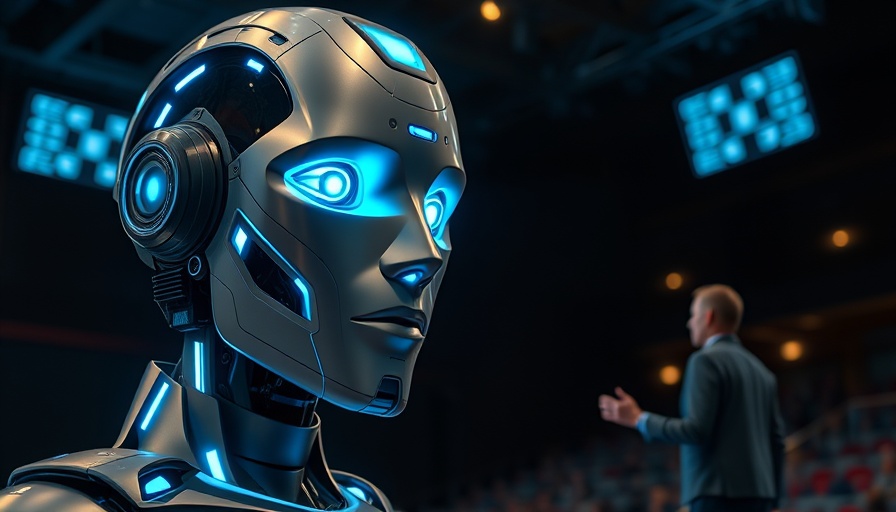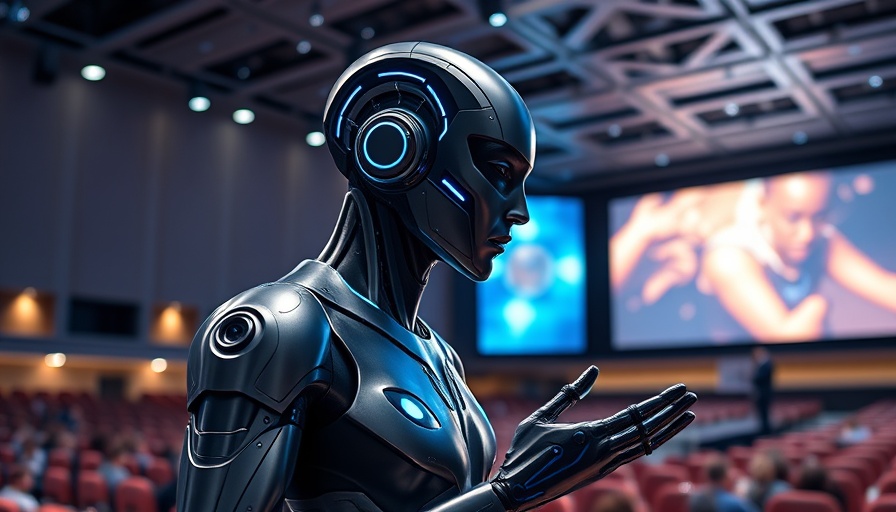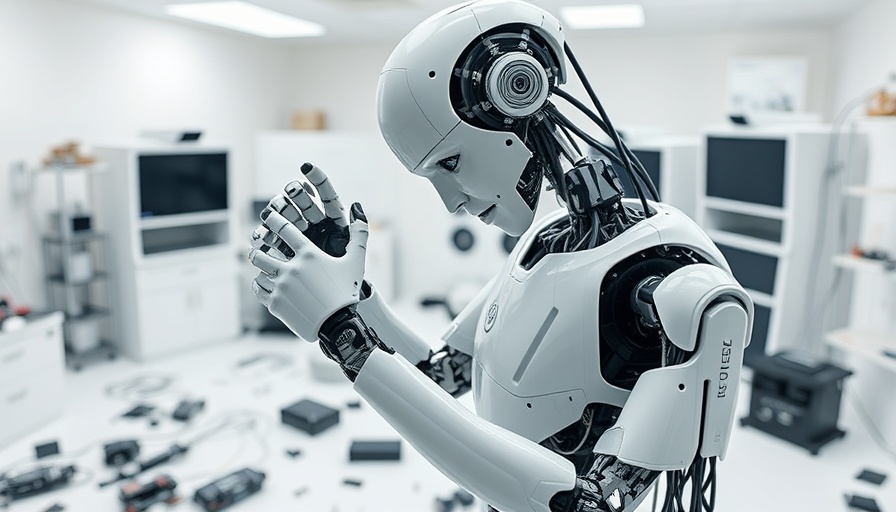
DeepSeek V3.1: Challenging the Status Quo of AI
The launch of DeepSeek V3.1 has sent shockwaves through the artificial intelligence (AI) arena, particularly as it takes on titans like GPT-5 and Claude Opus 4. This open-source model boasts an impressive 685 billion parameters and a staggering 128,000-token context window, designed to handle the most demanding tasks without compromising speed or accuracy. Released quietly on Hugging Face, it has quickly gained traction, marking a pivotal moment in the evolution of AI.
In ‘DeepSeek’s New AI Just Humiliated GPT-5,’ the discussion dives into this groundbreaking release, exploring key insights that sparked deeper analysis on our end.
The Financial Implications of Open-Source AI
One of the standout features of V3.1 is its cost efficiency. Traditional AI models often burden companies with exorbitant costs, reaching up to $70 for a typical coding task. DeepSeek, however, flips this narrative on its head by promising the same task for approximately $1. For tech startups and businesses in the Metro Detroit area, this represents not just a minor adjustment but a significant transformation in budgeting and resource allocation. Implementing such a cost-effective solution could facilitate a wider embrace of AI tools.
Contextual Understanding: The Rise of Long-Form Input
The ability of V3.1 to process 128,000 tokens makes it a powerhouse for managing extensive inputs. This characteristic is not only a technical feat but also a vital asset for industries involving large datasets, such as data analytics, content creation, and legal processing. As local Detroit tech startups explore opportunities involving machine learning and big data, the importance of open-source innovations like this cannot be overstated.
Enhancing Development with Native Reasoning and Search
DeepSeek V3.1 introduces what it describes as a hybrid architecture, combining various functionalities that were previously separate. This includes integrated native reasoning and a real-time search capability, allowing developers to execute tasks more efficiently. For Metro Detroit software development firms, harnessing such technology could enhance productivity while fostering a competitive edge in a rapidly advancing digital marketplace.
A Global Shift in AI Innovation
As DeepSeek V3.1 gains popularity on platforms like Hugging Face, it underscores a larger international shift towards open-source technology. China has strategically positioned itself to lead this movement, as detailed in their 14th 5-Year Plan, favoring the acceleration of open-source AI solutions over proprietary systems. For tech founders and investors in Michigan, this serves as a reminder of the competitive landscape that extends beyond local borders.
Rethinking Artificial Intelligence: Scarcity vs. Abundance
Historically, access to advanced AI systems has been restricted largely to well-funded entities. The emergence of DeepSeek's public model challenges this notion of scarcity, paving the way for Michigan's emerging technology sectors to benefit from cutting-edge AI capabilities without the associated costs. As we witness the breaking down of barriers to AI access, the landscape of innovation is poised to change dramatically.
Conclusion: A Call to Embrace Open-Source Innovation
For Detroit's tech ecosystem, the arrival of DeepSeek V3.1 heralds a new era of accessibility and innovation. As companies like OpenAI and Anthropic continue to release premium-priced offerings, the pragmatic benefits of open-source solutions like DeepSeek challenge the very foundation of AI monetization strategies. Local tech leaders and innovators are encouraged to consider how these advancements can be integrated into their operations for greater efficiency and success in the long run.
If your interest lies in shaping the future of AI within Michigan's tech landscape, it's time to delve deeper into these transformative open-source tools. Engage with your local tech community—attend Detroit tech events, join discussions at Metro Detroit incubators, or tap into available resources at local coding bootcamps. The wave of change is here, and now is the time to ride it.
 Add Row
Add Row  Add
Add 



Write A Comment